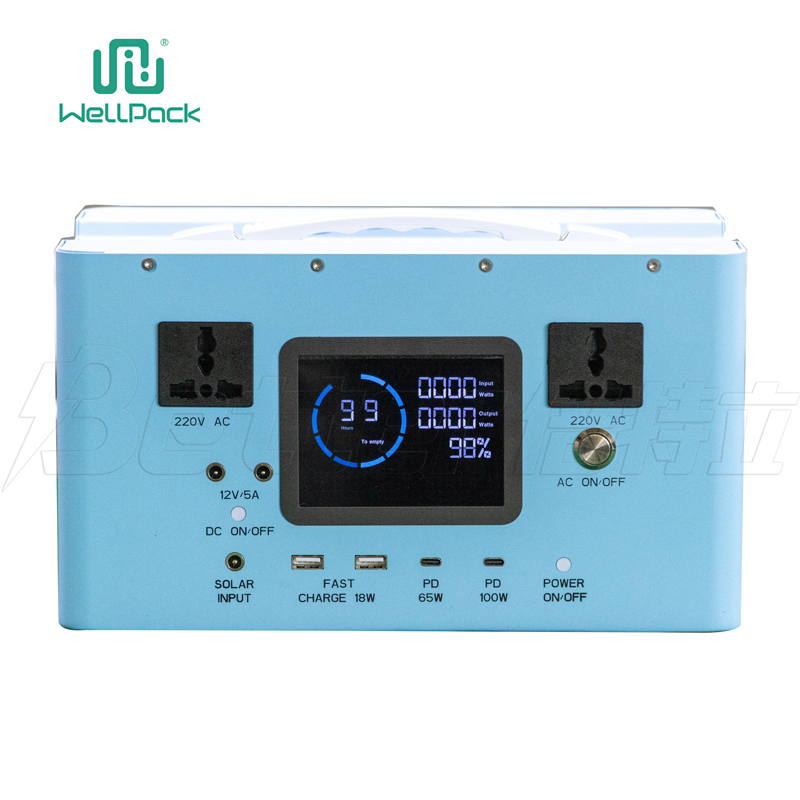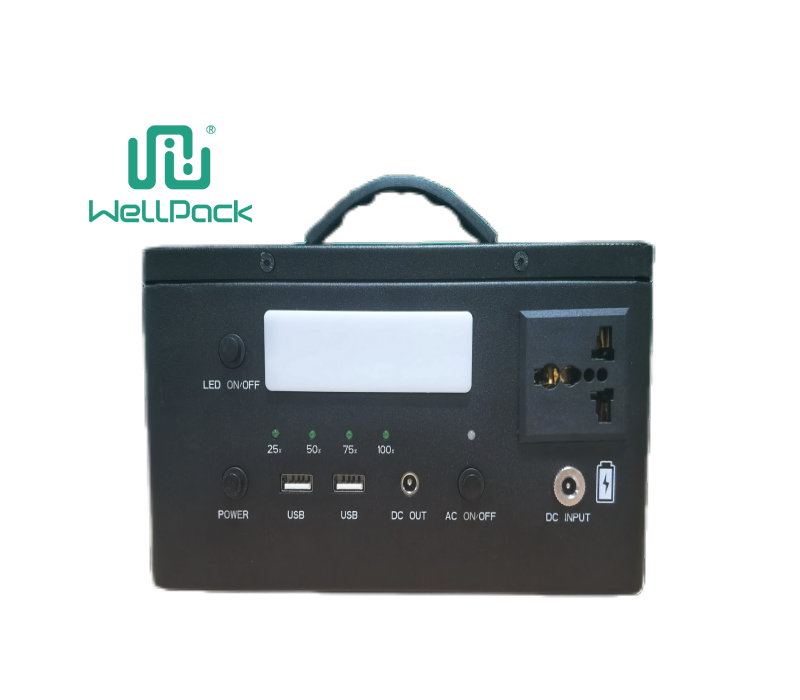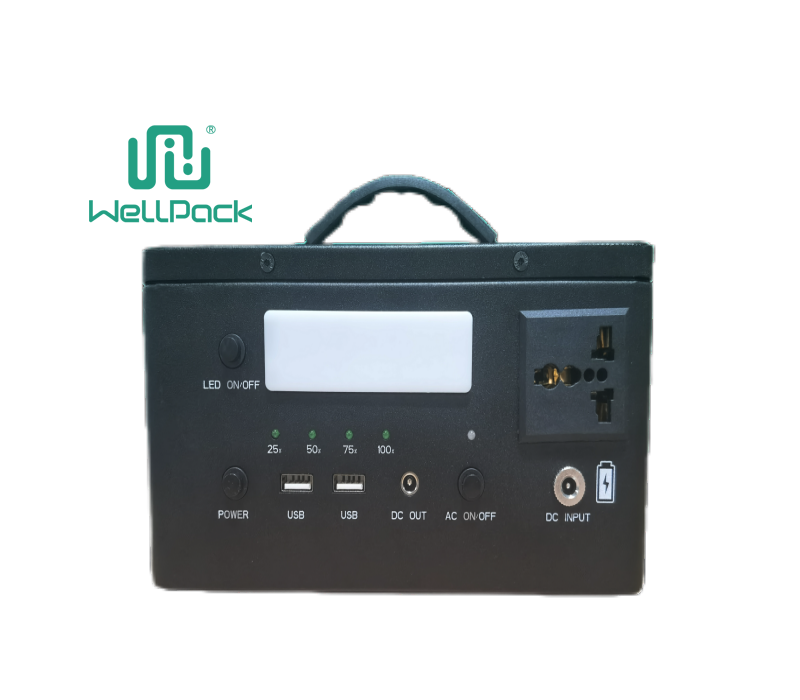Golf Cart Battery Basics
Understanding your golf cart battery is crucial for optimal care. Most golf carts rely on lead-acid deep cycle batteries, designed for frequent charging and discharging. However, the rise of lithium-ion batteries offers longer life, lighter weight, and superior performance. Knowing your battery type is essential for effective maintenance.
Extending the Life of Your Golf Cart Battery
To maximize your golf cart battery life, focus on these key areas:
Regular maintenance: Consistent care, including cleaning terminals, checking electrolyte levels (lead-acid), and proper charging, is vital.
Prevent deep discharges: Excessive draining significantly shortens battery life.
Invest in quality: Upgrading to best golf cart batteries can extend lifespan and enhance performance.
Golf Cart Battery Deep Cycle Care
Deep cycle golf cart batteries require specific care:
Avoid complete discharges: This damages the battery's internal structure, reducing its capacity.
Regular charging: Prevent sulfation, a condition that harms battery performance.
Follow charging guidelines: Adhere to manufacturer recommendations for optimal results.
Signs You Need a Golf Cart Battery Replacement
Recognizing when to replace your golf cart battery is crucial:
Decreased performance: Shorter run times or reduced power indicate battery decline.
Difficulty charging: Consistent charging issues signal battery problems.
Visible damage: Swelling, corrosion, or cracks warrant replacement.
Golf Cart Battery Maintenance Tips and Best Practices
Implement these tips for optimal battery care:
Regular inspections: Check for damage, corrosion, and electrolyte levels.
Proper charging: Follow manufacturer guidelines to avoid overcharging or undercharging.
Storage: Store batteries in a cool, dry place when not in use.
Clean terminals: Remove corrosion to ensure efficient conductivity.
Equalization: Periodic equalization (lead-acid batteries) maintains consistent performance.
Conclusion
Proper golf cart battery maintenance is essential for maximizing performance and extending battery life. Understanding your battery type, practicing regular care, and recognizing signs of decline are crucial.











